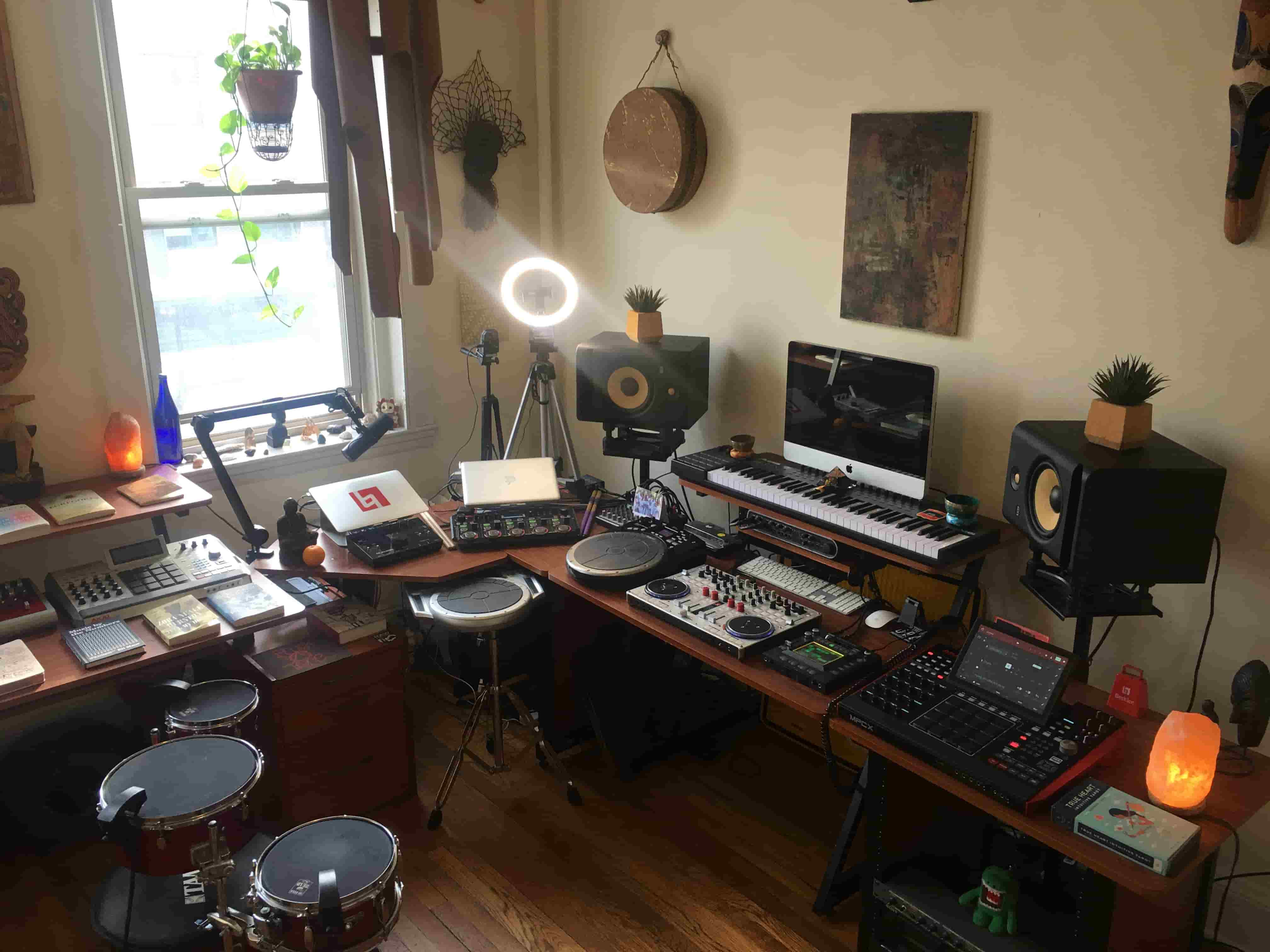The past year or so has presented a lot of challenges for musicians: live gigs became non-existent, in-person collaborations went virtual, and rehearsal spaces were closed. One silver lining of all that time spent in the house, though, is that it gave musicians an opportunity to focus on their home studio spaces. We're spotlighting four Sensory Percussion users who prove this to be true with their particularly impressive home setups. We asked them each to tell us a little bit about the role Sensory Percussion plays in creating a space in their home that inspires them to make music.
Featured musicians: Meg Learmonth, Karl F. Degenhardt, Rian O'Grady, and Val Jaenty.
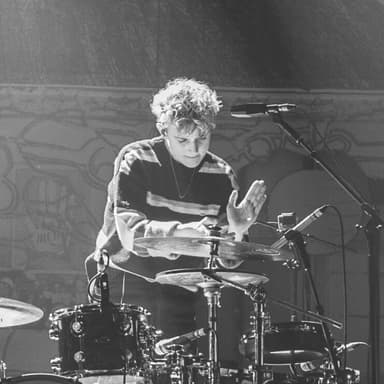
"I use Sensory Percussion as a tool to help me write and perform (with Ableton Live) using both regular Remo heads and Silentstroke heads, and often I combine a mixture of the two to create different textures in my compositions. My setup is in a make-shift home studio which serves me wonderfully; it's like a little cosy hug, although I do have plans to move into a purpose-built studio in the future. But for the time being it's amazing to play a world of different sounds/instruments at my finger/drumstick tips and not have to worry about taking up precious studio space!"
Meg's Gear:
- Focusrite Scarlett 18i8 & 18i20 (Connected via ADAT for more inputs)
- DW Collector's Kit - 12, 14, 15 & 22”
- DW Collector's Snares - 13 x 5.5” & 14 x 7”
- 16” Macbook Pro
- Remo Heads
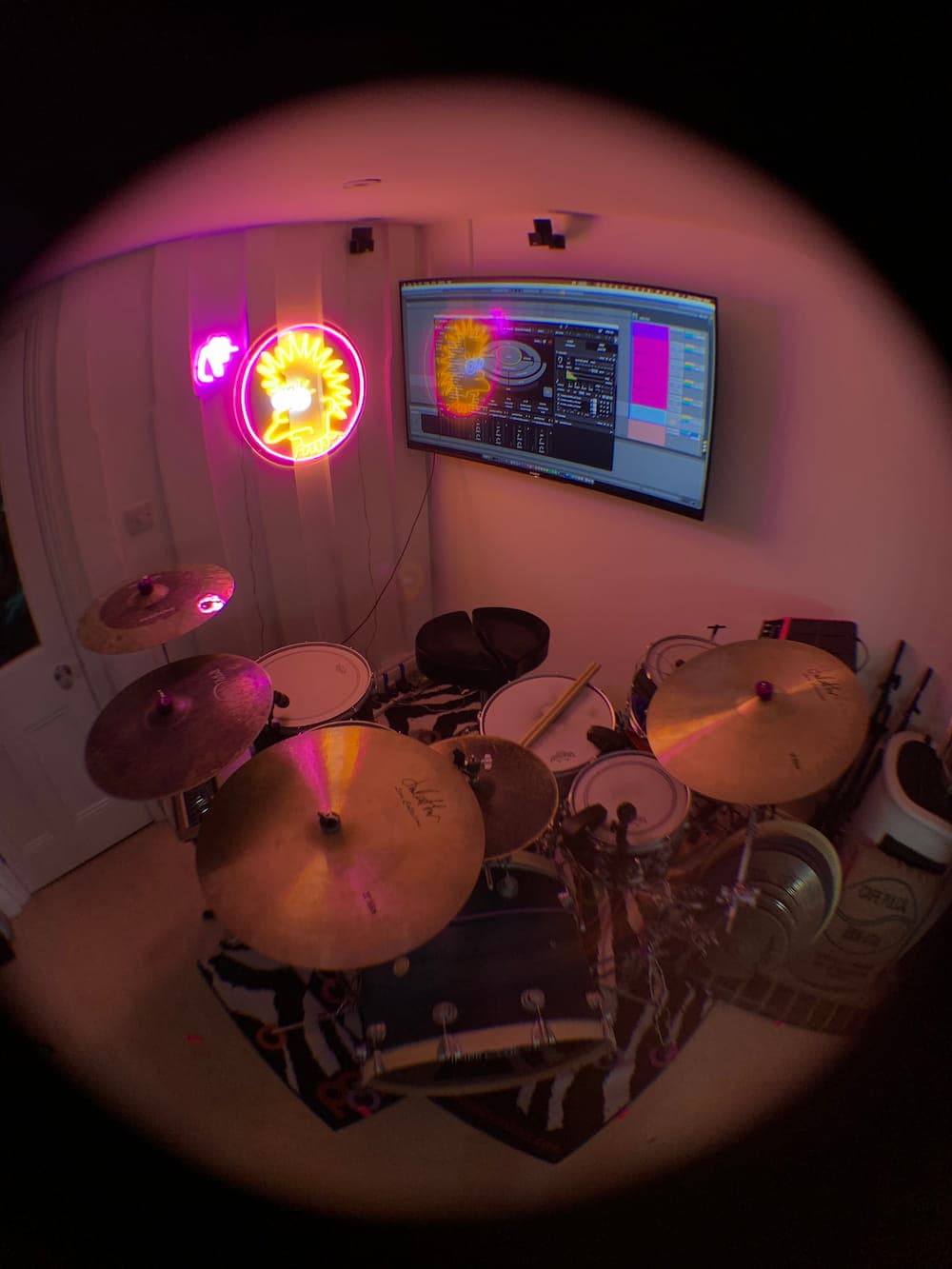
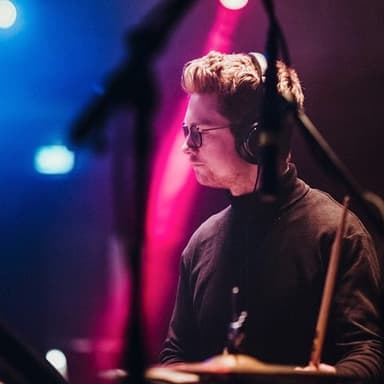
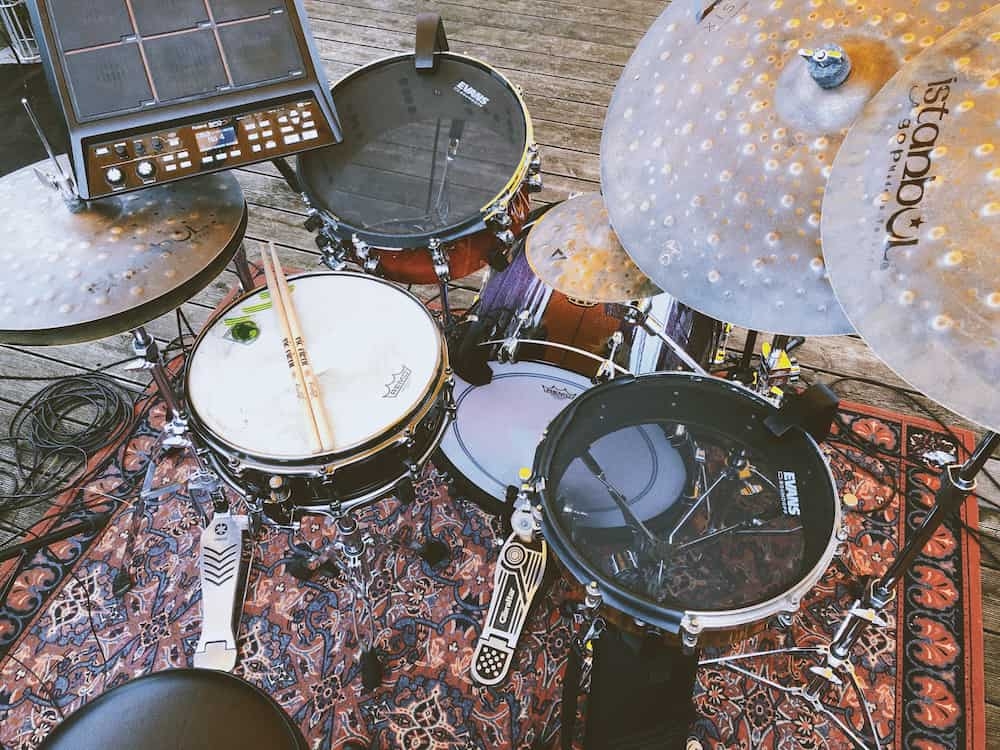
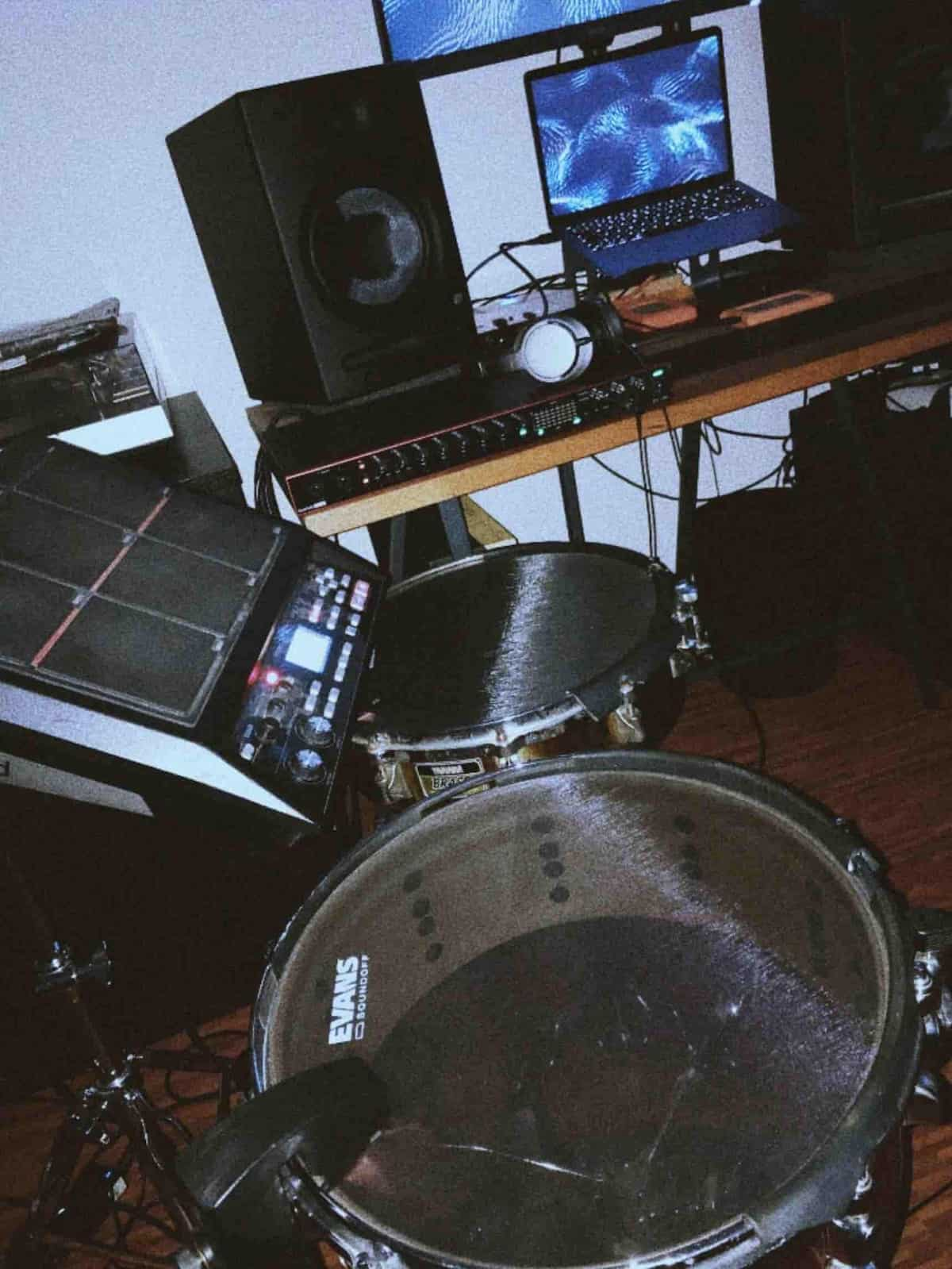
"Along with Sensory Percussion I either use a set up with mesh heads or acoustic drums depending on the project/band. Since I use SP in so many bands nowadays I also add a Roland SPD SX for one shot samples/loops and lately I explored the capabilities of using SP as a midi controller for vocal chops as well as various software analog synthesizers within my solo show. All of that processing then happens in Ableton Live.
For my “One Minuture“ series I use SP to record the drums first; later I add the rest on the basis of the drums/sounds. So, SP definitely is an inspiring tool to compose with. Also, the endless possibilities push my creativity to another level, previously unknown to me. I often had the feeling I could record a whole album just using SP. Of course, I also use SP to perform with bands, many of them being built on instant composing-concepts and Improvisational principles.
When it comes to my set up I think that the musical output - the big picture - makes my personal set up shine through to make it unique in the end. This, in my opinion, is the most incredible strength of Sensory Percussion: rather than cutting through a musical context with the bold sound of egocentrism, SP always feels sublime and perfectly blended with the music; in any stylistic context I wish for it to be in.
In the future I'm very much looking forward to playing more solo shows and being able to explore this powerful tool, which strongly transformed the way us drummers perform and think about music."
Karl's Gear:
- MacBook Air M1 with 16GB of RAM
- Focusrite 18i20 audio interface
- 14x5“ Mapex Black Widow Snare Drum
- 20x16“ Mapex Saturn Bass Drum
- two varying snare drums with Evans SoundOff
- Istanbul cymbals (17“ Xist Dry Dark HiHat, 20“ Xist Dry Dark Crash, 22“ Xist Dry Dark Crash with rivets)
- Ableton Live 10
- Audio Technica MSR7b
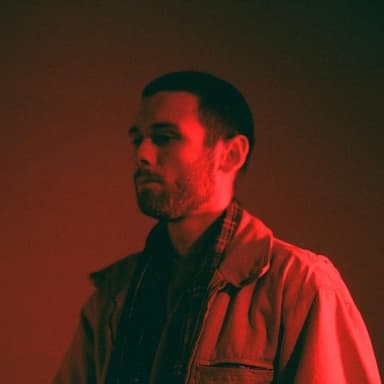
Rian is a London-based drummer/producer/sound designer. His latest EP, 'Kev's Dead', is out now via Detroit Underground.
"My use of Sensory Percussion has naturally been very experimental, seeing how far I can push the technology whilst still making music in a way that feels natural and intuitive.
My first pursuit into producing using Sensory Percussion resulted in a couple of tracks which ended up on my latest EP - “Kev's Dead” (out now on Detroit Underground). By combining the SP software with Ableton I was able to quickly realize a lot of the glitchy nonsense that inspires me; creating complex drum racks which I could control entirely with my playing was extremely exciting and liberating. No more programming or sequencing of beats - simply play them in and let the technology do a lot of heavy lifting!
The next logical step for me, and ultimately one of my main goals with Sensory Percussion was to be able to “play” my modular synthesizer, which was made possible thanks to Mason Self, whose videos I have watched endlessly. Using an Endorphin.es Shuttle Control I am able to convert MIDI information from the SP software into voltage (CV) which controls my synths. The sonic possibilities within Eurorack are truly endless and the expansion of my setup to include Sensory Percussion has increased those possibilities tenfold, resulting in sounds and parts that I would have otherwise never discovered with either synthesis or drumming alone.
The integration of Sensory Percussion and Eurorack has made for a very niche experience, one where there are not many resources available (except of course Mason Self), so every little step further into the rabbit hole feels like an advancement into uncharted territory. This in itself I find exhilarating. As far as I'm concerned, Sensory Percussion is the future of drumming and music production!"
Rian's Gear:
- 2 x snare drums w/ Sensory Percussion sensors
- Roland KD-9 kick trigger
- MacBook Pro running Ableton Live
- Eurorack modular synthesiser
- Korg Minilogue
- Tascam Portastudio 414 mkII
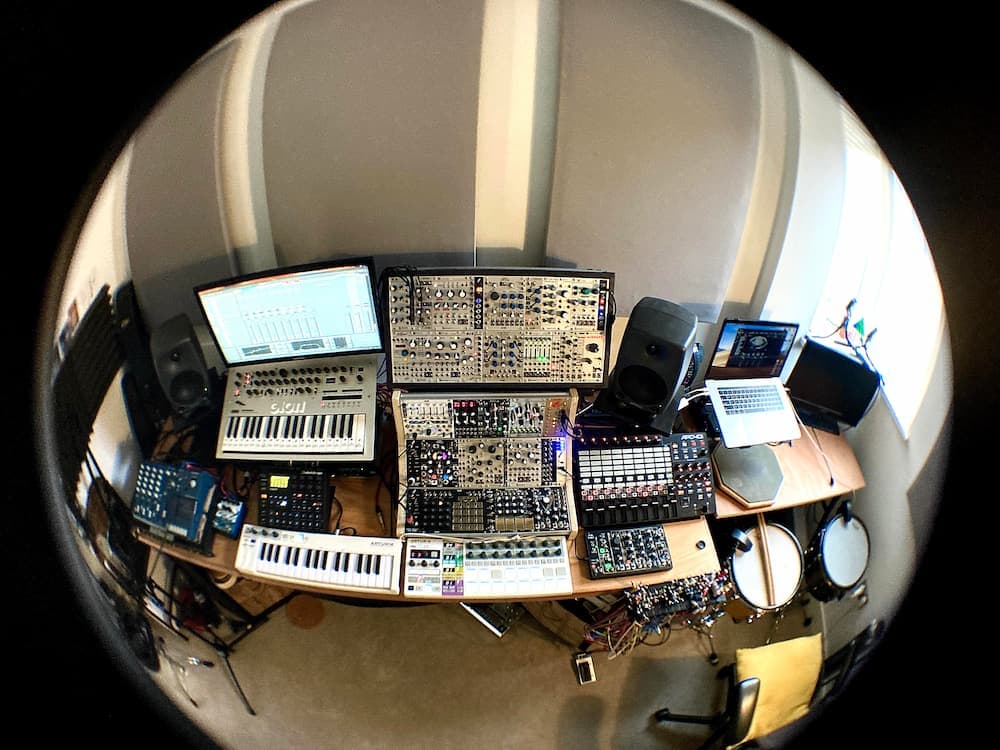
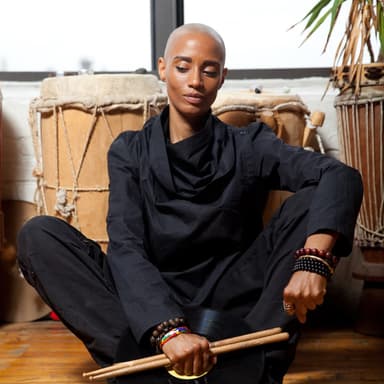
Val is a Haitian-born and Brooklyn-based Afro-Electronic music composer, drummer and turntablist and Sunhouse artist. Her installations have been showcased at The Whitney Museum, The Moma, The Lincoln Center, and internationally at The Biennale in Venice and SaalFelden Jazzfest in Austria.
"Sensory Percussion has been such a blessing, such an amazing tool.
I have a thing that I call “Octopus Syndrome” [laughs]. It's a multi-instrumentalist thing where I go from here to there quickly without having to stop: “Now I'm going to play drums,” and you have to go here, “now I'm going to scratch,” and I have to go there…and it just helps to have all these zones on the drums.
I'm exploring and I just love it! And it's been so great during quarantine, which is the perfect time to practice, and it helps to stay in the flow, to keep the ideas going: to not have to stop and check the software, which breaks up the flow. I never have to look at the software.
I have the sensors here in my studio on a cocktail kit, which is all one unit, and so when I hit the drums the whole thing shakes and causes these...mistakes, but perfect mistakes, and I love that! It's raw art and you're exploring a whole world of sound."
Val's Gear:
- Tama Cocktail Kit
- Four sensors
- Macbook Pro (late 2013)
- Vestax 380 (turntable controller)
- Serato DJ Pro (software)
- M-Audio Air 192/14 (main I/O for Sensory)
- Boss RC 505 (loop station)
- Handsonic HPD-20 (Roland)
- Korg Kaossilator pro + (loops)
- MPC X (Akai)
- Logic Pro X and/or Pro Tools 10 (recording/mixing/mastering)
- KRK speakers
